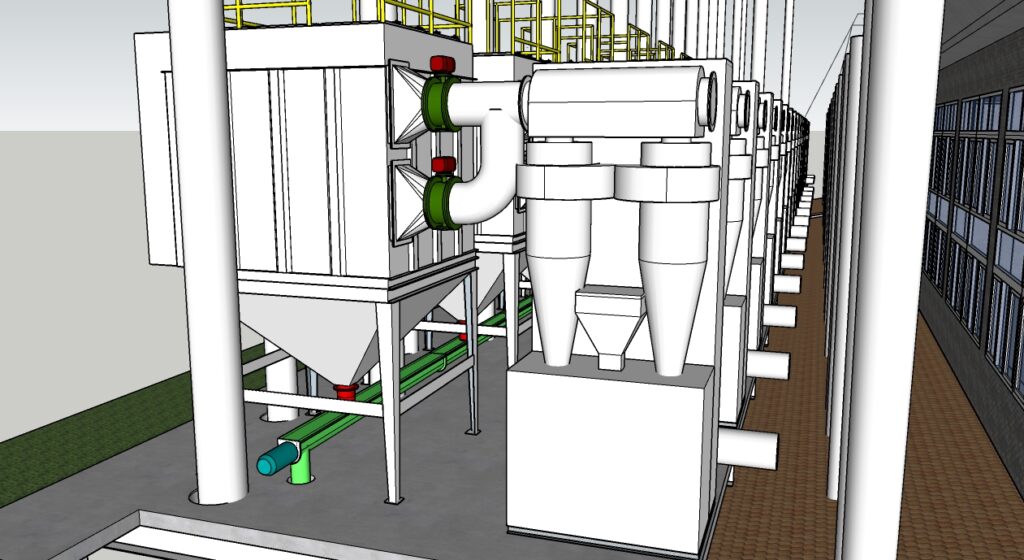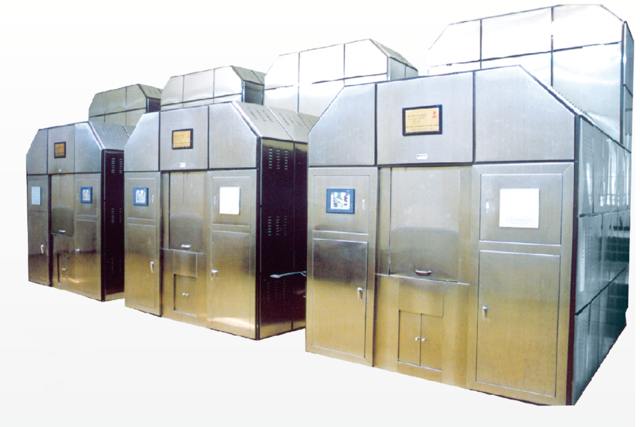Introduction:
In China, cremation retorts, commonly referred to as cremation machines, include the cremation furnace body and the flue gas purification system. Cremation retorts play a crucial role in the cremation process, acting as professional furnace equipment for respectfully and efficiently transforming human remains into ashes. For funeral homes, crematoriums, and other institutions that provide cremation services, investing in the right cremation retorts is essential for offering efficient cremation services while conserving energy and complying with environmental regulations. In this article, we will explore the costs, features, and key considerations for purchasing cremation retorts, providing valuable insights for clients in the market for these important pieces of equipment.

Cremation Retorts: Costs, Features, and Sales Considerations
Understanding Cremation Retorts (Body Cremation Machines)
The cremation retort of a body cremation machine, also known as the cremation chamber or cremator, is a furnace specifically designed for cremating human remains. It consists of a chamber lined with refractory materials, with a door at one end for loading and unloading the body. The retort is heated to high temperatures, typically between 1400°F and 1800°F, to cremate the body into ashes, which are then further processed into cremated remains. Cremation retorts generally include a primary combustion chamber and a secondary combustion chamber; the primary chamber is used to convert combustible materials of the body into gas, while the secondary chamber mainly further combusts possible gaseous substances.
Costs of Cremation Retorts
The cost of cremation retorts can vary significantly due to several factors, including:
- Size and Capacity: Cremation retorts come in various sizes and capacities to accommodate different numbers of cremation demands. Larger and higher-capacity retorts are usually more expensive. Standard retort dimensions in China are typically: Length 2300 mm, Width 700 mm, Height 780 mm. Larger retort dimensions are: Length 2350 mm, Width 1000 mm, Height 1180 mm.
- Technology and Features: Some cremation retorts are equipped with advanced technology and features, such as computer control systems, automatic loading mechanisms, and emission control systems. These additional features may increase the cost of the cremation machine.
- Manufacturer and Brand: The manufacturer and brand of the cremation retorts also affect their cost. Well-known brands known for quality and reliability may command higher prices than lesser-known manufacturers. For example, the OUYA brand has a market share of over 55% in China, offering reliable quality at a higher price than other smaller brands.
- Installation and Maintenance: Installation costs, including site preparation and setup, should also be considered when budgeting for cremation retorts. In addition, ongoing maintenance and service costs should be factored into the total cost of ownership.
Features and Sales Considerations
- Efficiency and Throughput: When purchasing a cremation retort, consider its efficiency and throughput. Retorts with faster cycle times and higher throughput can improve operational efficiency and accommodate more cremations per day. The average time for cremating a body in an OUYA cremation retort is no more than 50 minutes, indicating a fast cremation speed and short machine time.
- Low Energy Consumption and Energy Saving: Energy consumption is also a key consideration when purchasing a cremation retort. Choosing a retort with low cremation energy consumption can significantly save operational costs. OUYA cremation retorts use light diesel and mainstream gas as auxiliary fuels, with low consumption. When using light diesel as an auxiliary fuel, the average energy consumption for cremating a body is no more than 20kg; when using gas as an auxiliary combustion, the average gas consumption for cremating a body is no more than 40 cubic meters.
- Environmental Compliance: Ensure that cremation retorts comply with environmental regulations and emission standards. Look for retorts equipped with emission control systems to minimize air pollution and comply with local regulations. All pollutant emissions from OUYA cremation retorts are better than the relevant standards.
- Reliability and Durability: Choose a cremation retort that is built to last and can withstand continuous use. Look for retorts made of high-quality materials and backed by a warranty from the manufacturer.
- Training and Support: Consider the level of training and support provided by the manufacturer or distributor. Ensure that your staff receives comprehensive training on the operation and maintenance of the cremation retorts to ensure safe and efficient operation.
Conclusion:
For funeral homes, crematoriums, and other businesses that provide cremation services, investing in cremation retorts is a significant decision. By understanding the costs, features, and key considerations for purchasing cremation retorts, clients can make informed decisions that align with their operational needs and budget constraints. Whether upgrading existing equipment or investing in new technology, choosing the right cremation retort is crucial for ensuring the efficient and respectful cremation of human remains.


